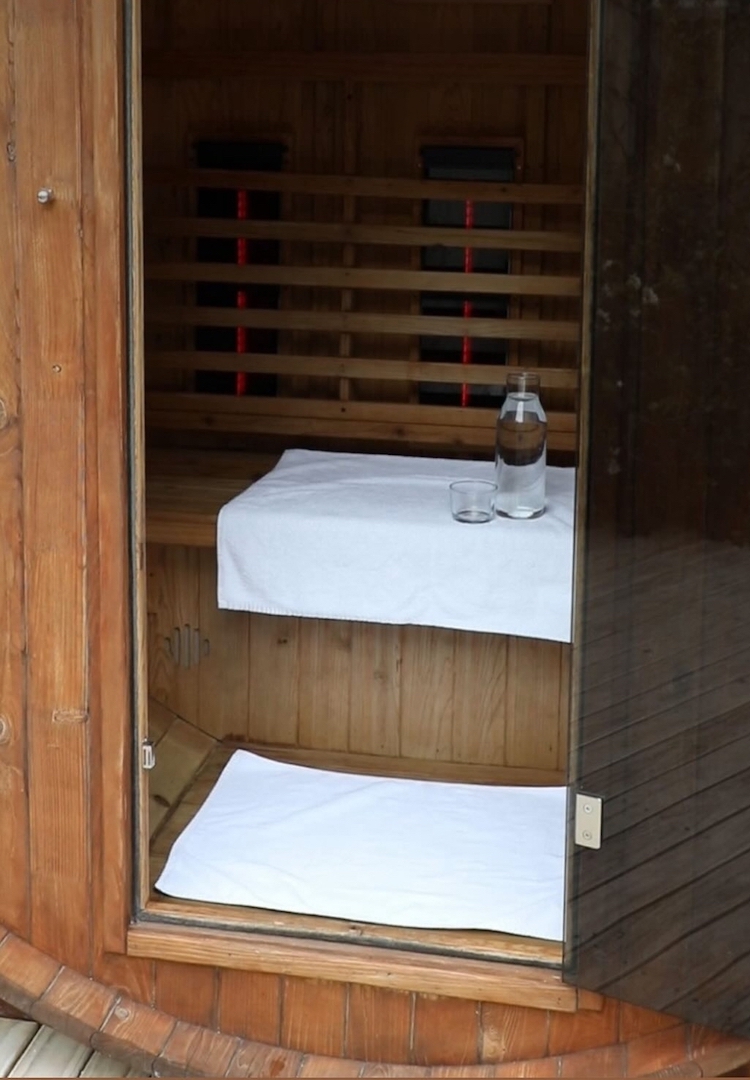Australia is in a domestic violence crisis, so why can’t men go to therapy?
WORDS BY MAGGIE ZHOU
Cry like a girl.
Content warning: This article discusses gendered violence.
Six women, 10 days. Six women, 10 days. These numbers keep rolling around in my head. In Australia, six women have recently been killed in 10 days, five of who allegedly died because of violence inflicted by men.
That’s a sickening total of 58 women in Australia who’ve died at the hands of alleged violence so far this year. We used to recoil in disgust at the statistic that, on average, one woman a week in Australia is murdered by her current or former partner. While exact figures are hard to pinpoint, it seems safe to say we’ve risen above that.
Interested to hear how others navigate the world? Head to our Life section.
The anger, anguish and fear felt by women across the country is nothing new. We’re deeply familiar with sitting with these emotions. Our news cycle is predictable – a woman is killed, shock is shared and then coverage dies down until it inevitably repeats itself.
We share resources, cry with friends and seek professional help. We’re able to self-soothe and ask for support. But men? The primary perpetrators of violence? Why aren’t men seeking out help?
“Generally speaking, society tends to view help-seeking as more acceptable for women when compared to men – and that isn’t just exclusive to mental health therapy,” Stella Ladikos, therapist and Founder of Meraki Mental Health Training, tells me. Between 2020 and 2022, 21.6 per cent of Australian women saw a health professional for their mental health, compared with 12.9 per cent of Australian men.
“In many cultures, there tends to be this idea that men don’t need therapy, probably stemming from some pretty harmful notions such as ‘men don’t cry’, ‘toughen up’ and equating normal, human emotions (such as sadness, pain and suffering) as signs of weakness, which we know just isn’t the case at all.”
Outrage has been sparked countrywide, with the death of 21-year-old Lilie James catapulting the conversation further. The federal government has directed $3.5 million towards the “healthy masculinities trial project,” a scheme to help school-aged boys “combat harmful gender stereotypes perpetuated online”,
“This violent epidemic must stop. Men must stop murdering women. Men must do far more to stamp out the sexism and misogyny that breeds inequality and violence,” leader of the Australian Greens, Adam Bandt MP, said on social media.
Stella echoes similar words. While people with mental health conditions aren’t more likely to be violent than other people, there’s a misconception that male violence is fuelled by poor mental health. “We know that less than 10 per cent of violence in society is due to mental illness… the key player here in men’s violence [is] entitlement, misogyny and toxic views towards women.
“That being said, a lot of these issues stemming from misogyny and toxic views that men are being socialised into can be unpacked in therapy. If men felt therapy was a safe, normal, non-judgemental option to express and talk through their thoughts and feelings before they evolve into something darker, this would be a great first step.”.
It’s something Stella has witnessed in her work as a therapist with her male clients, going as far as to say that all of them, in some way, have had to overcome this stigma. “The majority of them in the first session identified that they’ve never done this before, but that it’s gotten to a stage [where] they want to get some help before the issue escalates or their life gets worse,” she says.
Stella shares instances where her male clients have cried during sessions and reacted by beating themselves up with embarrassment or shame. ‘I don’t know why I’m crying’, ‘This is so stupid’ and ‘What a little crybaby’ are some of the phrases she’s heard all too often. “During these times, I have held space for these men and modelled behaviour in the sense of normalising their reactions and validating that it’s actually safe and okay to express how they’re feeling,” she says.
Getting men to start attending therapy can be an uphill battle. To reduce stigma for men seeking professional mental health support, Stella argues it goes back to reframing the way we speak about emotions. “I think the more that men start to realise that going to therapy is just like going to the GP or even going to the gym (working on your mental fitness!), the more this stigma will be reduced.”
Once in the psychologist’s office, the stigma doesn’t magically disappear, either. ‘Therapy dropouts’ are common and Stella points to a wide variation of potential explanations. “For some, it might feel quite overwhelming to address issues that have never been reflected on or spoken about before… This might be quite daunting, leading them to drop out of therapy before they’ve truly given it a crack,” she says.
“I also believe that misconceptions about therapy also play a role in these dropout rates. Some people think that therapy is quite short and transactional and that the therapist will magically take away the issue without you needing to do much,” Stella adds. “But if you think about it, you wouldn’t get mad with a personal trainer for not seeing changes in your physical health if all you do is go the gym and socialise, right?”
But with boys and men turning up in droves to gather at the altar of figureheads like Joe Rogan and Andrew Tate, it’s clear there’s no shortage of hunger for guidance. For the sake of women’s safety everywhere, something needs to change.
1800RESPECT is the national domestic, family and sexual violence counselling, information and support service. Head here for help.













